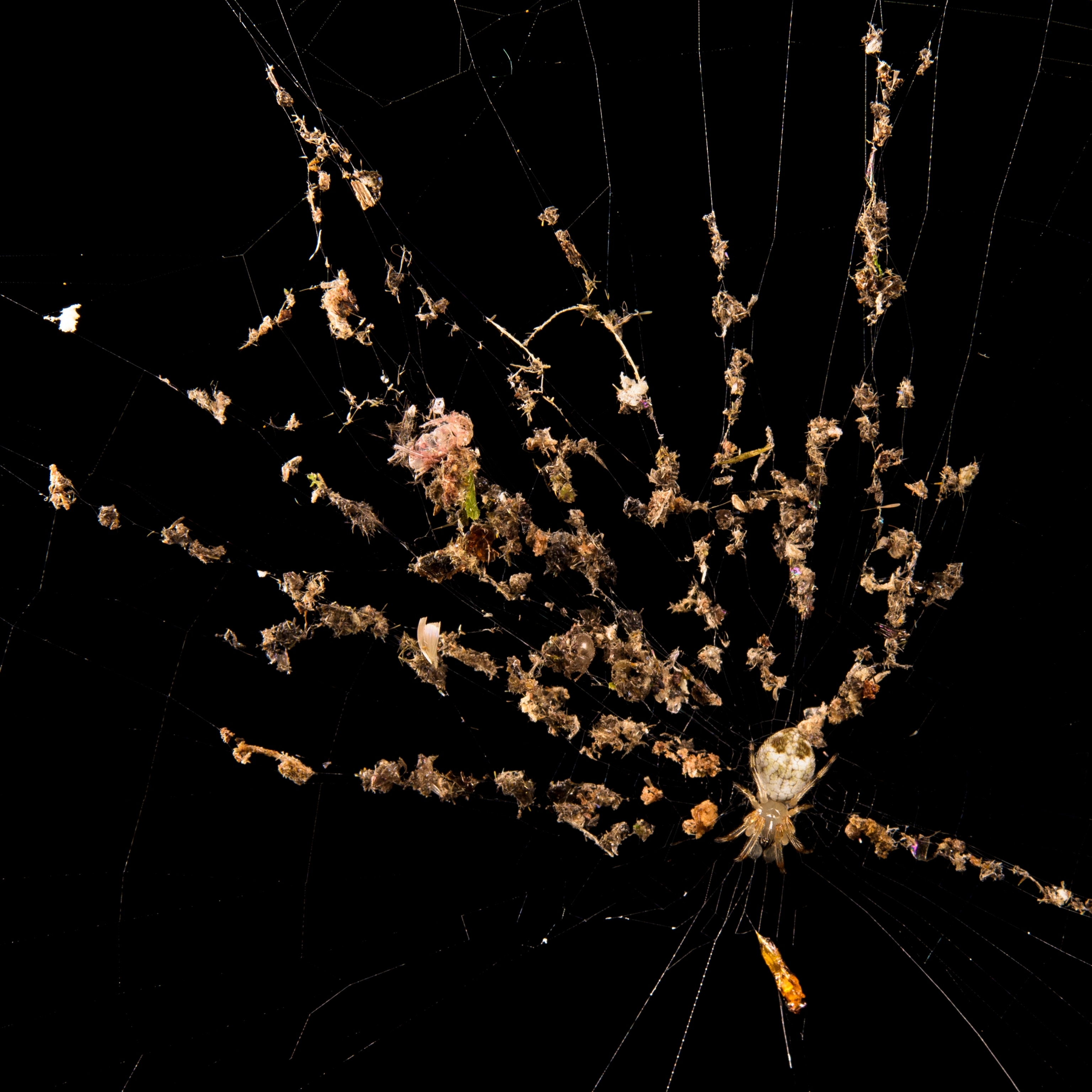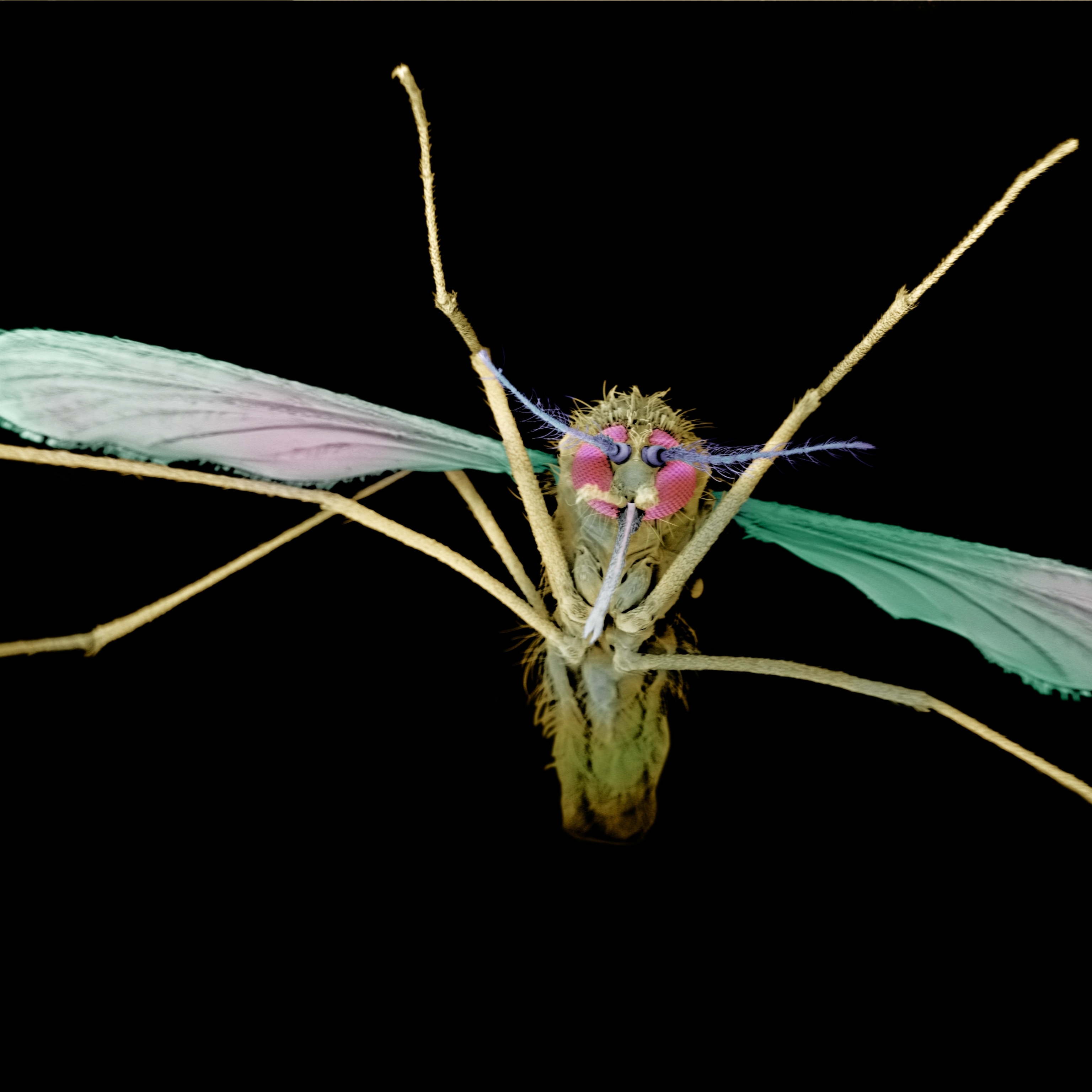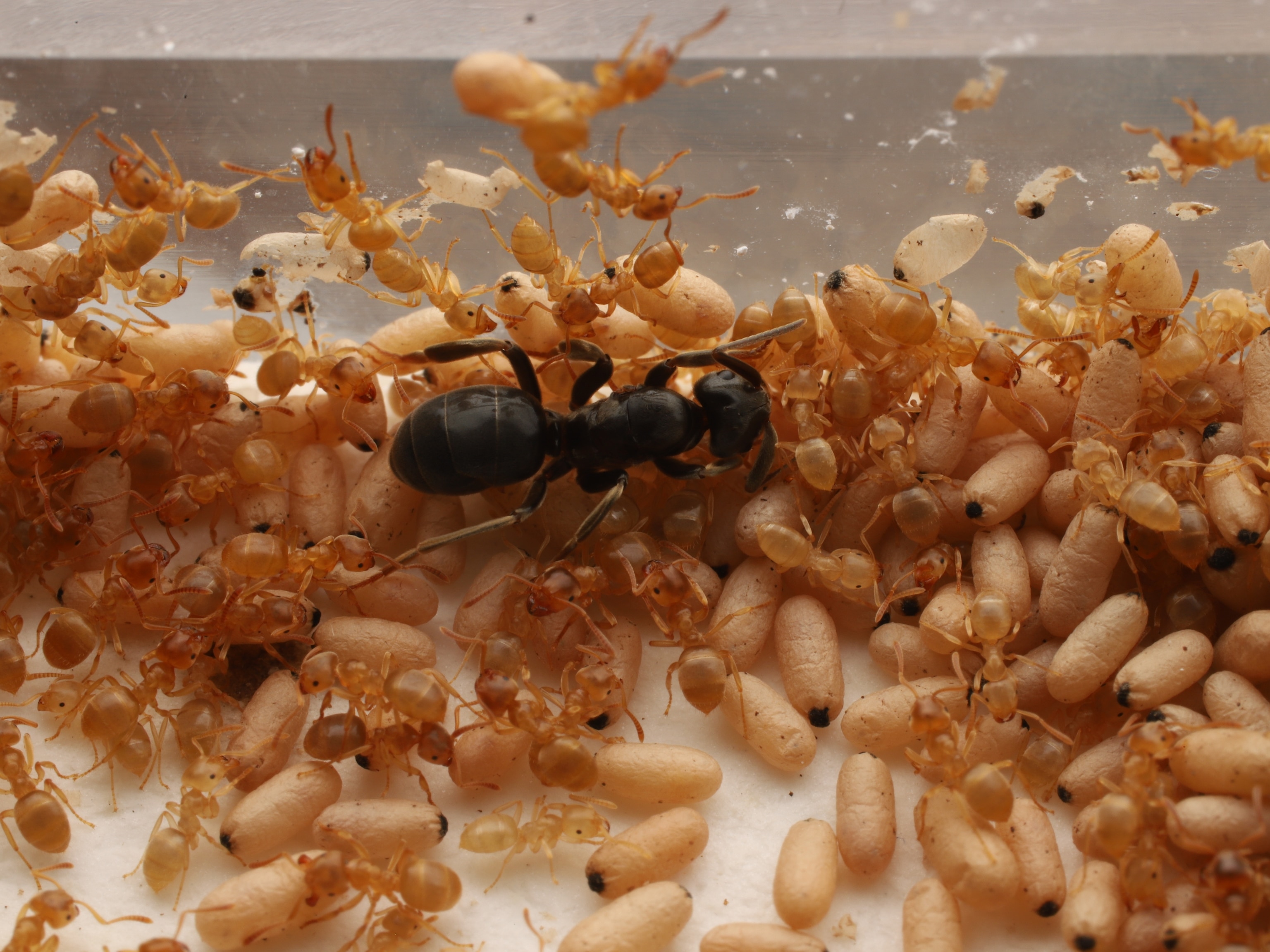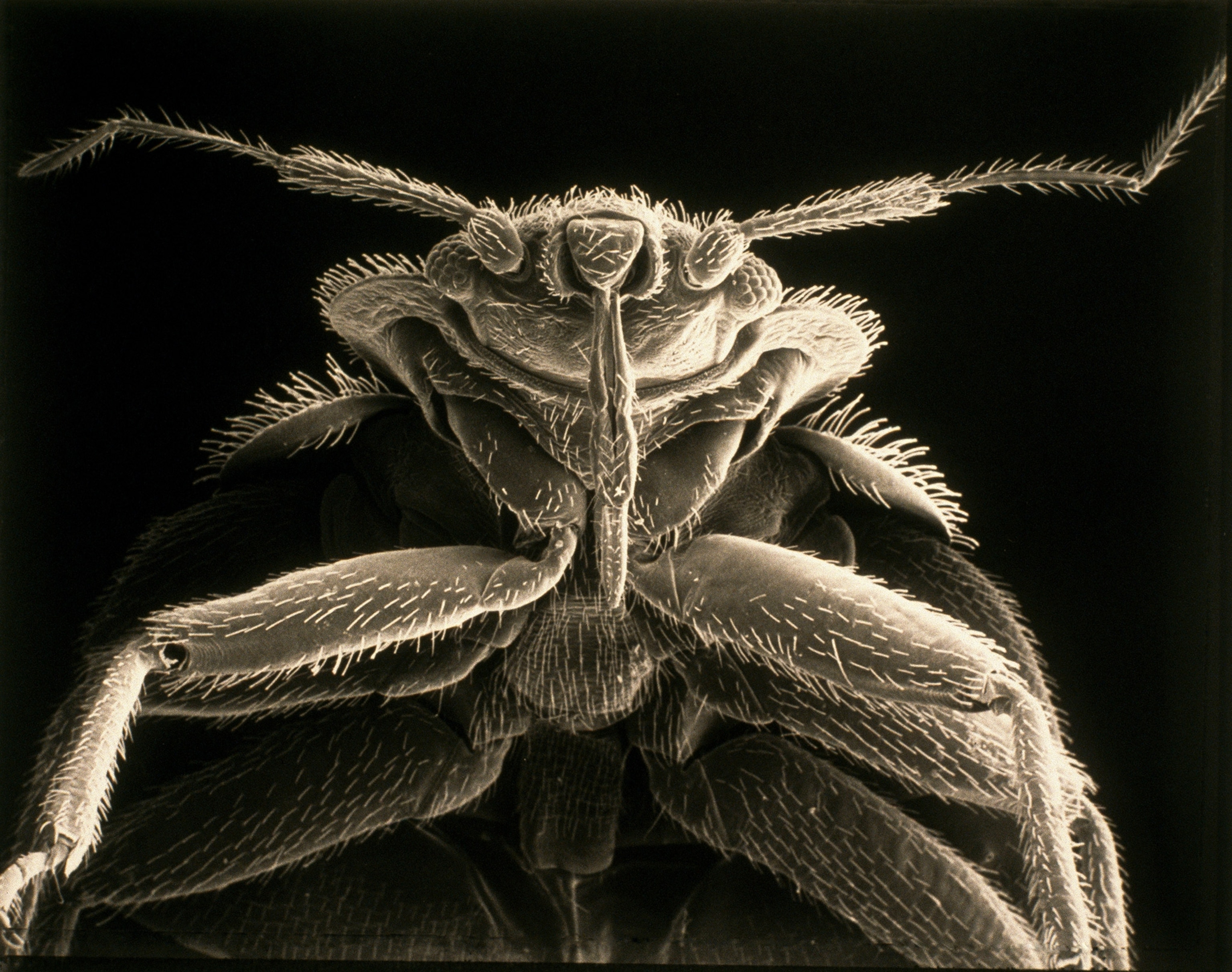
Bedbugs: Coming to a Bed Near You
People take extreme measures to get rid of bedbugs. Some have been driven to suicide, says author.
Brooke Borel was a young science reporter when her Brooklyn apartment became infested with bedbugs. Three times. The experience showed her how much bedbugs can turn people’s lives upside down, and how hard they are to get rid of.
For her new book, Infested: How the Bed Bug Infiltrated Our Bedrooms and Took Over the World, she set off on a journey of discovery to find out everything she could about this vicious little critter that has plagued humanity since before we even had beds.
Talking from her (de-infested) apartment in New York, she explains the origins of the bedbug in bat-infested caves and why they’re on the rise today, pulls the curtain back on bedbug sex, and offers practical advice for those unlucky enough to become infested.

Cimex lectularius, aka the bedbug, is one of the most repulsive critters on Earth. What attracted a nice girl like you to it?
Well, I had bedbugs in New York three times, starting in 2004. I’m a science reporter, and the second and third time, I became really interested in them and started writing short news articles about them. Reporting those, I realized there was an opportunity for a larger project because of the stories I was hearing from entomologists.
What attracts them to us?
They’re attracted to the CO2 in our breath and the heat of our bodies. Other blood feeders like the mosquito are attracted to some of the other hundreds of chemicals we emit, so it may be that they’re also detecting those. Bedbugs only eat blood, so they need us not to breed but to live.
These things are not just painful—they’re almost impossible to get rid of, aren’t they? Tell us about some of the extraordinary measures that people use.
If you’re following the instructions from a pest control operator, it still is a difficult process to go through. You have to take all of your laundry and bedding to the Laundromat and wash and dry it at high temperatures. You will also probably have to use insecticide sprays, although those are working less and less because the bedbugs have built resistance to many that we’re able to use in our bedrooms.
There’s an ancient treatment called pyrethrum powder, which originated in Iran, using crushed up chrysanthemum petals. It’s basically the synthetic version of insecticides we use in the bedrooms here in the U.S., called pyrethroids.
Sometimes there are treatments that involve heat, because the bedbugs die at high heat, so you can place special heaters in your apartment or house. But if you live in an apartment you have to treat every single unit. Some people also try to do heating treatments on their own with heaters that weren’t meant to be used for those purposes and have set their houses on fire. There have also been cases where people have sprayed alcohol to try to kill the bugs and then lit a cigarette and set the place on fire. Or set their cars on fire.
Other people have accidentally poisoned themselves with over the counter sprays that may or may not really be effective against bedbugs anyway. In one case I know of, a man accidentally killed his wife by setting out too many bug bombs. It’s terrible, the lengths people will go to because they’re desperate.
The bedbug has, presumably, been with us as long as we have had beds.
Probably longer. The bugs probably trace back to caves somewhere along the Mediterranean seaboard. The latest research suggests maybe 250,000 years ago. They originally lived on bats, and then our ancestors sought shelter in caves. The bugs started paying attention to this other critter they could eat and eventually infiltrated human settlements and cities, then traveled with us all over the world.
Itchy, red welts are just part of the story. Some people have even been driven to suicide by bedbugs, haven’t they?
That’s right. As far as the welts go, it depends on the individual’s immune system. Some people don’t react at all, so they have no bites. But, as you say, others have been driven to suicide. I got a letter from a reader last week. This woman had read my book, and she sent me a note saying that it had brought back a lot of memories because she had a daughter who had tried to commit suicide because of bedbugs. The mother enclosed a collection of poetry she’d written in honor of her daughter, and there was one about the bedbug incident. It was pretty moving to read.
Why has there been such a resurgence of bedbugs today?

That’s a good question. Around World War II, DDT began to be used to combat mosquitoes and lice and other disease carrying insects. After the war, it was commercialized and used pretty broadly in the U.S. and other areas. It happened to be really effective against bedbugs. So DDT knocked the numbers down considerably in the decades following the war.
Some bedbugs began to build up resistance, though. In the ’80s and ’90s it also got cheaper to fly both domestically and internationally. Bedbugs are really good at hitchhiking, so they were able to spread back around the world. We also have more people living on the planet than ever before, in cities, which is a very easy place for bedbugs to spread. It’s much easier for them to spread from family to family in an apartment building than a stand-alone house in the country or suburbs. All these things working together brought this resurgence.
My son had bedbugs in his apartment, in Astoria, Queens. Apparently, New York bedbugs are the hardest to get rid of. Why is that?
[Laughs] I don’t know that some bedbugs are necessarily harder than others. It might be because of the situation in which he’s living. If you’re in an apartment building, especially if there are a lot of units, and especially if you have a landlord who is not that interested in helping, it can be really difficult, because even if you treat your infestation in your apartment, unless the whole building is treating infestations in their units, it’s not going to do any good. Some states now have laws in place whereby landlords have to disclose to new renters if they’ve had bedbugs in the last year, but not everyone is necessarily adhering to that.
The squeamish should look away now: But the sexual life of bedbugs is suitably gruesome, isn’t it?
[Laughs] It is. Bedbugs mate through a process called traumatic insemination. From our perspective, it is indeed traumatic, and maybe from the perspective of a female bedbug, though I can’t really claim to think like one of those. [laughs]
Basically, the male climbs on top of the female with this needle-like penis, stabs it into her abdomen, and ejaculates into her body cavity. Over a time, though, she has developed this organ called a spermalege, a sac of immune cells, which both helps her wound heal and protects her from potential pathogens.
You traveled the world in search of bedbugs. Tell us about the bat roost you visited in the Czech Republic and how it fits in.
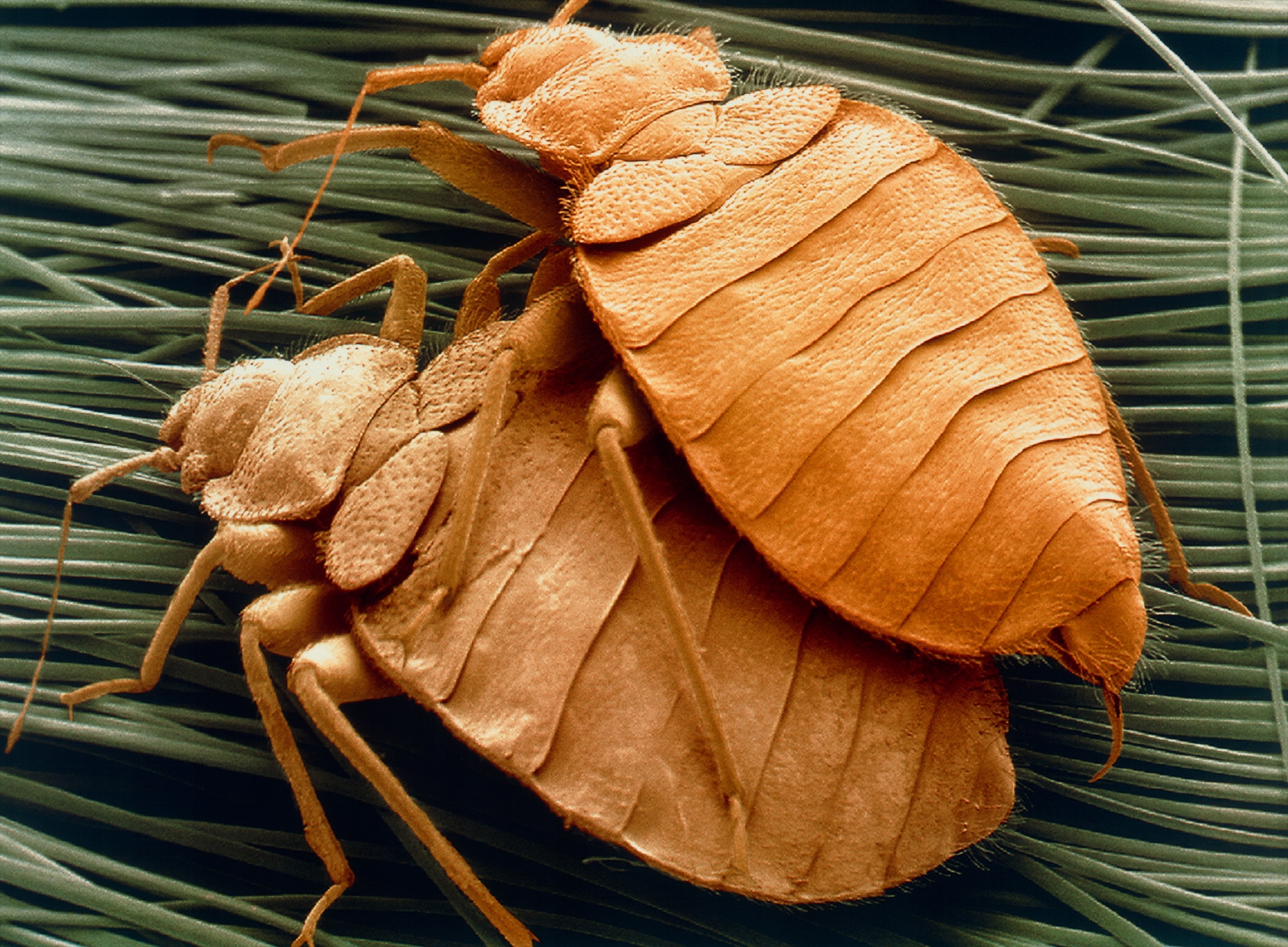
It was a roost in the attic of an apartment about 45 miles outside of Prague. The attic had over 1,200 mouse-eared bats, and there were people down below. The interesting thing was that, though the bats had bugs living with them, the bugs were not going down to the people. So the scientists collected these bugs, as well as bugs from human dwellings all over Eastern Europe, and looked at their genes to see how they’re different, and how they’ve changed over time.
As I said earlier, human feeding bugs split off from bat feeding bugs maybe 250,000 years ago, but that branching off of the bedbug onto humans as a host is still under way, which might mean the bedbug could be an interesting model for studying evolution—and for understanding what happens when a species splits onto two separate hosts and remains separate.
You also visited something called BedBug University. Tell us about that.
[Laughs] It’s a combination of scientific conference and industry showcase, which started in Chicago, moved to Las Vegas, and now takes place in Denver. All the top bedbug experts come and give talks on the latest science. There are also booths where you can see different products on the market. There are dogs demonstrating how they can sniff out bedbugs, plus all sorts of gadgets.
What advice would you give to someone who gets bedbugs?
First I would say, don’t panic. You’re probably not sleeping, you’re feeling really uncomfortable and upset that this thing is in your bed biting you. But you will get through it. Call an exterminator right away. If you live in an apartment building, check what the laws are, because in some situations the landlord is going to be financially responsible. You will still have to pay for your laundry, but they should be responsible for paying the exterminator. You’re going to have to bag up all your laundry and bedding after you’ve washed it on high temperatures, so it doesn’t get bedbugs back in it. You’re going to get rid of clutter and vacuum the place to prepare for the exterminator. It might take months to completely get rid of them. It can be really difficult. But you’ll eventually get through it. It’ll be okay.
You also write limericks about bedbugs. Let’s end with a couple of your best ones.
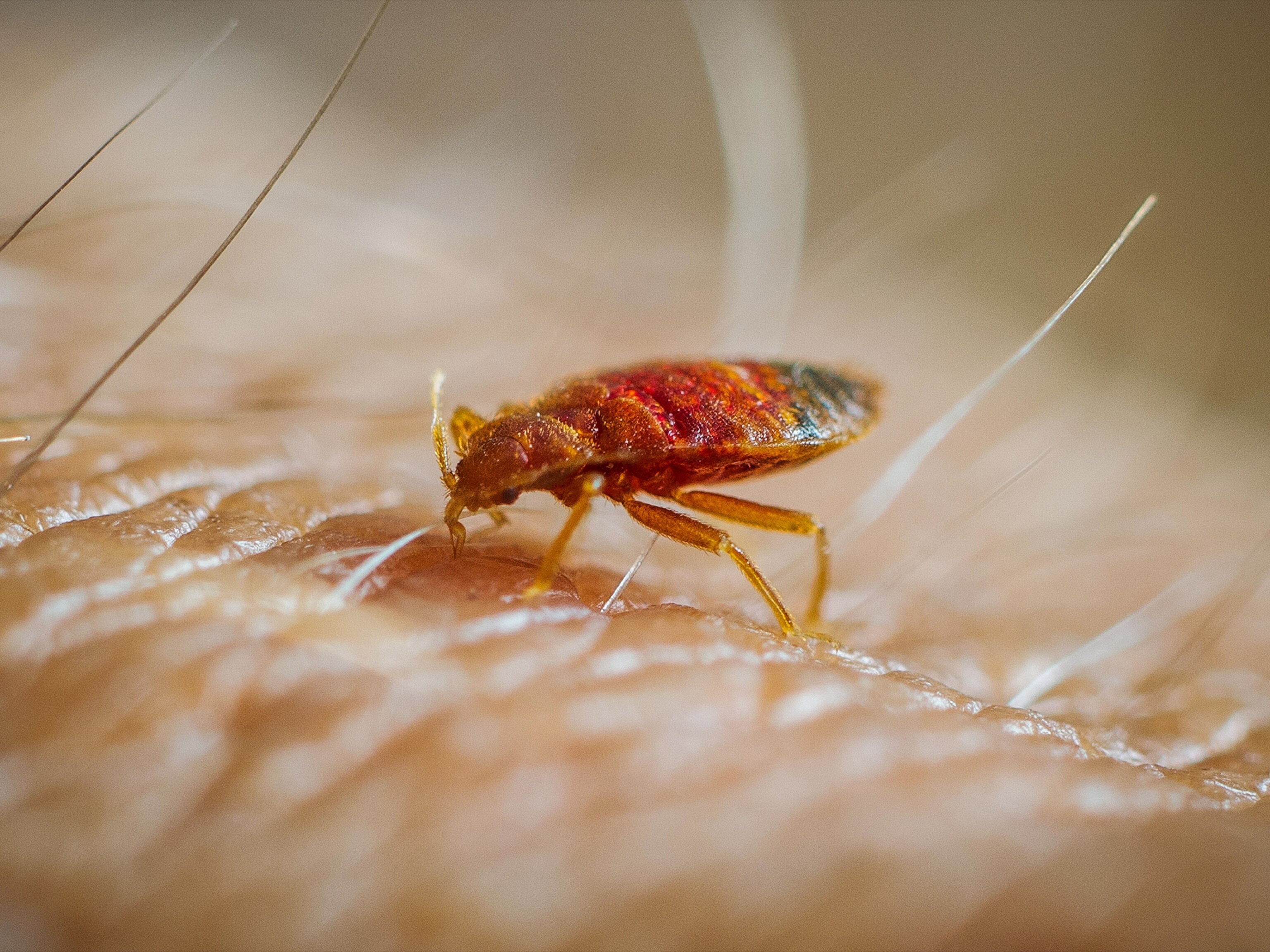
[Laughs] Part of the reason I wrote these was to drum up extra money for my reporting trips. I did a Kickstarter campaign, and sometimes these were the rewards, though I don’t know how much of a reward it was. [Searches in the book] Here’s one:
There once was a c. lectularius
His odor was very nefarious
He smelled like old fruit
So foul and acute
So nasty it was quite hilarious
Did you want another? [Laughs] This one is a favorite:
The bedbug traumatically inseminates
Much to the dismay of his many mates
Not one for romance
He stabs with his lance
No surprise, he’s not asked out on many dates.
[Laughs heartily]
Simon Worrall curates Book Talk. Follow him on Twitter or at simonworrallauthor.com.

